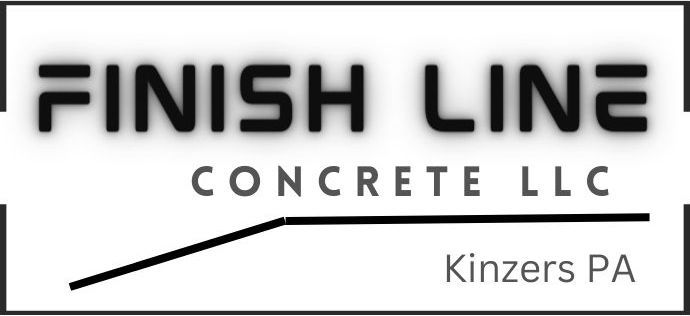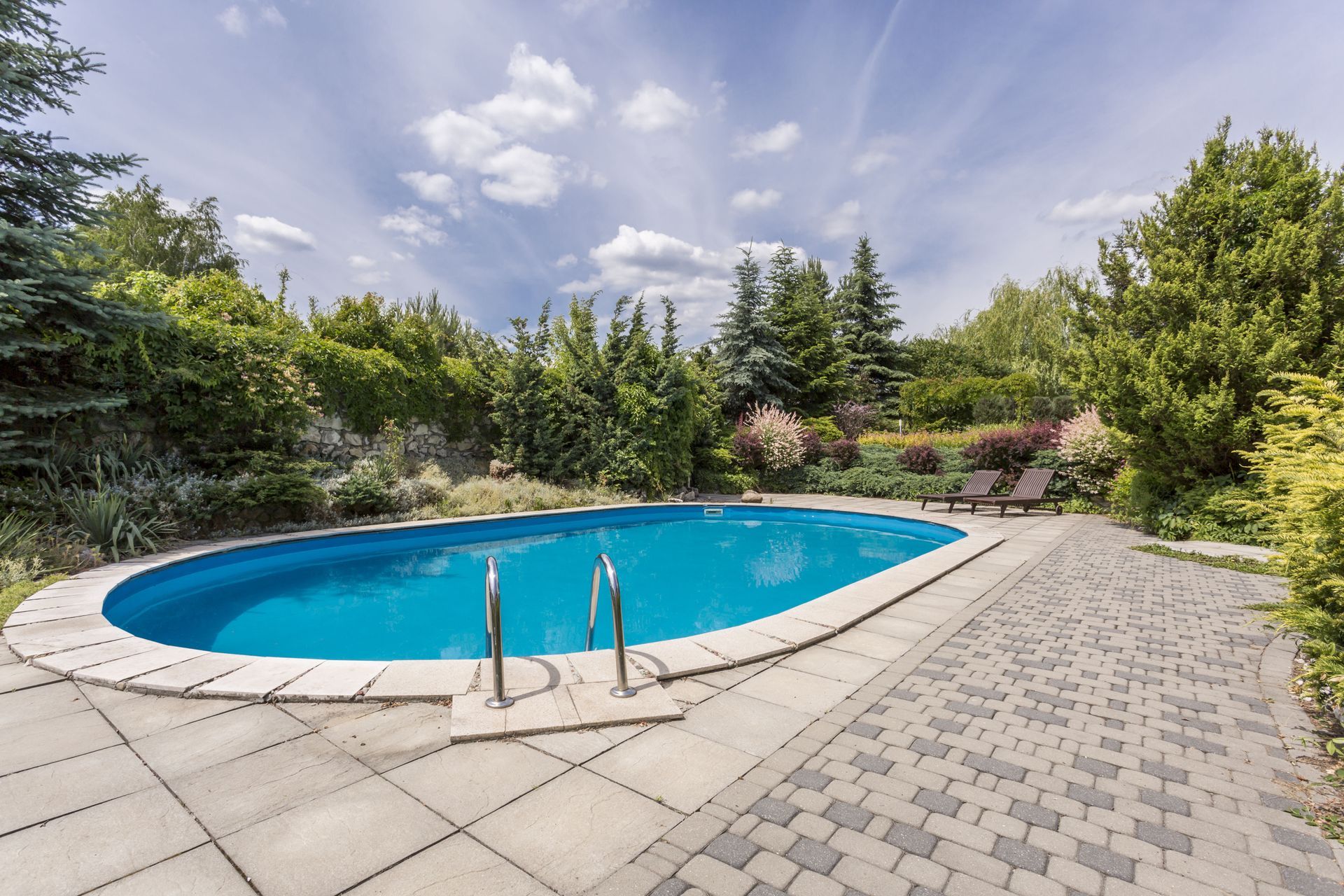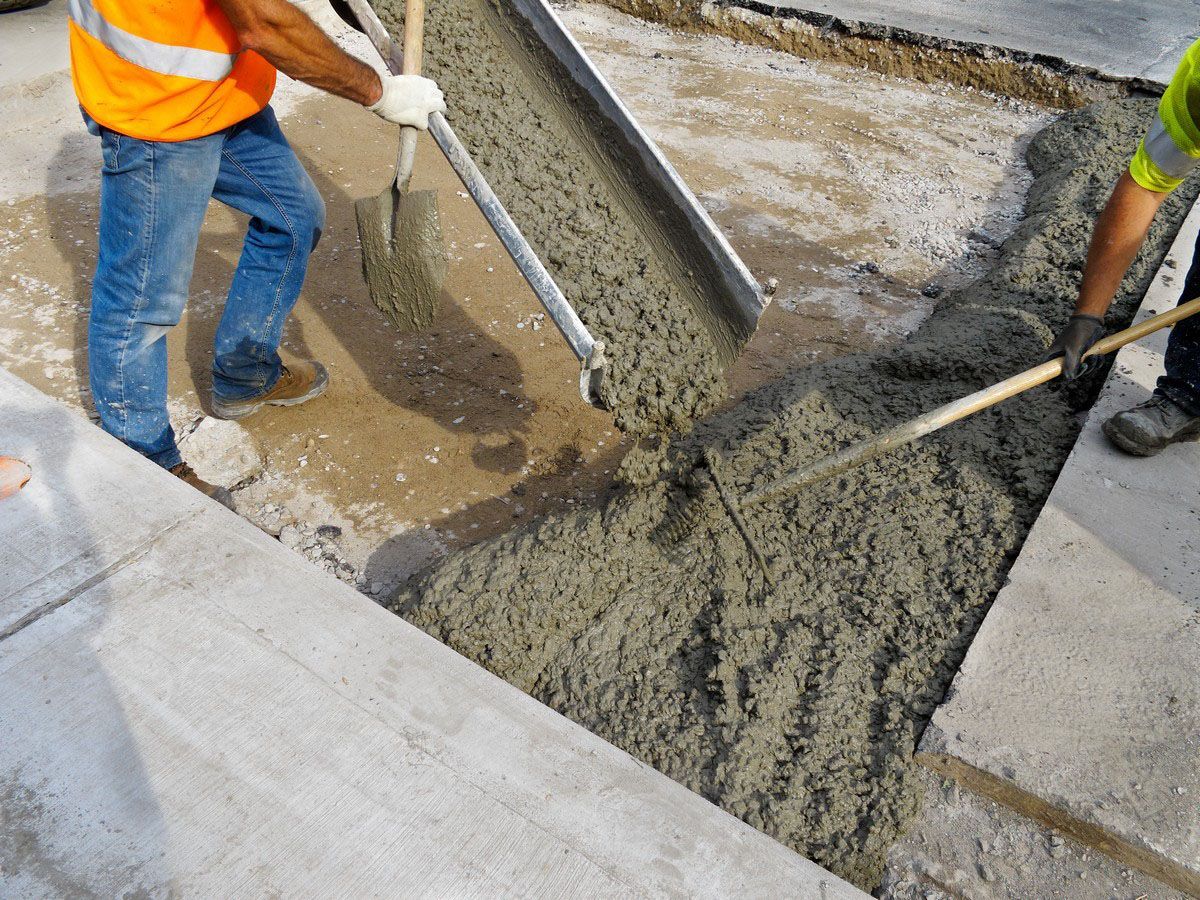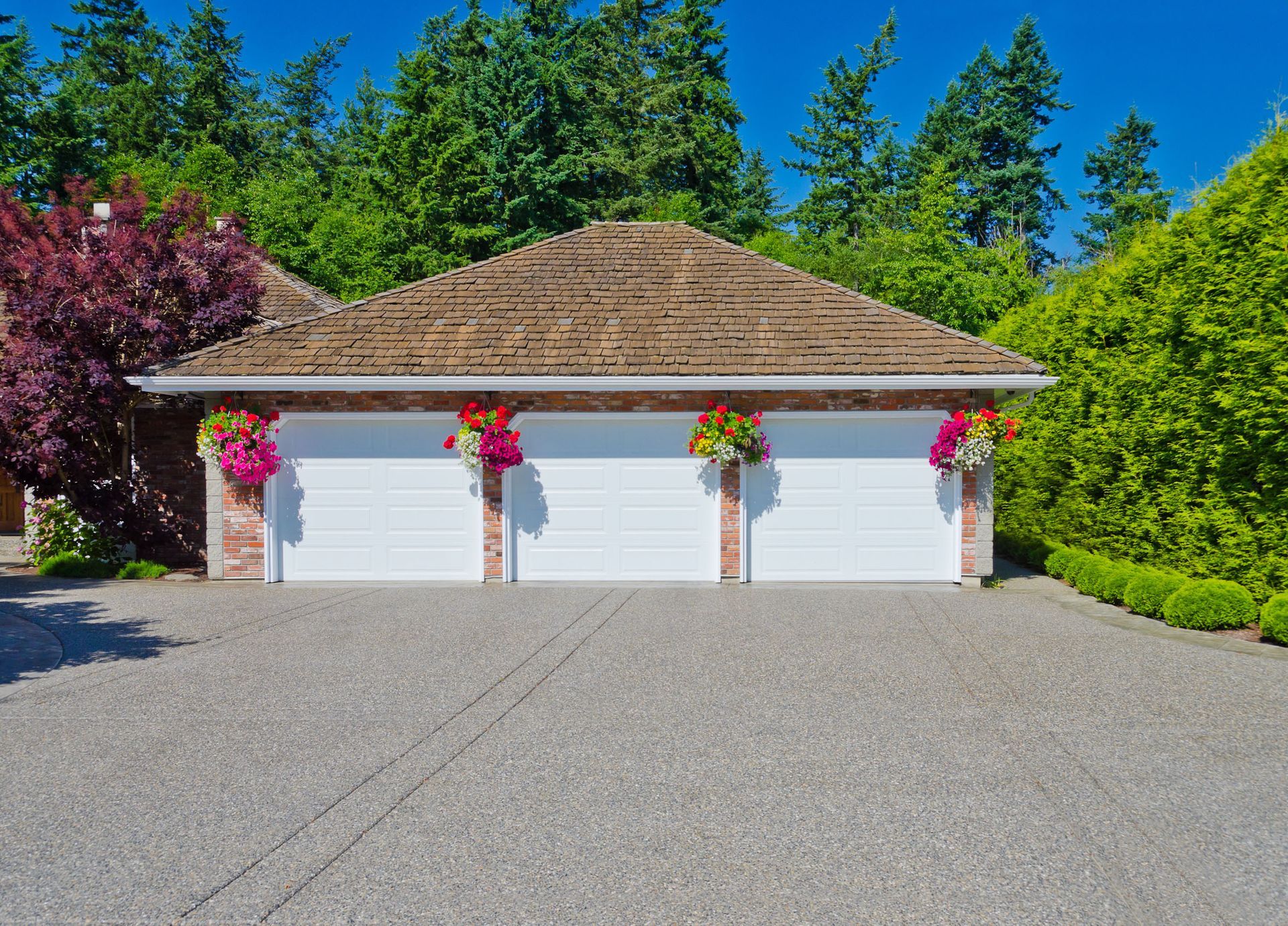The Importance of Maintaining Residential Decorative Concrete
Decorative concrete has become a prominent choice in modern residential settings, offering an array of aesthetic delights and functional benefits. As these surfaces capture the essence of elegance and utility, their maintenance becomes equally pivotal. According to Today's Homeowner, repairing cracks or resealing patterned concrete walks every two to three years will slow the erosion process significantly. Regular upkeep not only preserves their visual appeal but also ensures their lasting performance, proving vital in safeguarding investment and enhancing the overall living environment.
In residential architecture, where individuality and style meet functionality, decorative concrete stands out as a versatile player. It’s not merely about creating beautiful walkways or patios, but rather about integrating art into the very fabric of our homes. The daily exposure to elements and foot traffic necessitates a committed maintenance strategy to retain this harmonious blend of form and function.
This article dives into the facets of maintaining residential decorative concrete, shedding light on various aspects that influence its durability and charm. By understanding its nature and benefits, homeowners can adopt informed approaches toward its care. This journey will underscore why maintenance from a local concrete contracting company isn't just a routine task but a crucial component for extending the life and luxury of these surfaces.
Definition and Types
Decorative concrete from a local concrete contracting company refers to the application of concrete that serves more than traditional, structural roles, extending into the realms of aesthetics. This transformation is achieved through various techniques such as stamping, staining, or polishing to develop a finish that mimics natural stones or customized designs. Decorative concrete can manifest in multiple forms, ranging from concrete flooring to artistic driveways and patios, each reflecting a unique personality and taste.
The types of decorative concrete include stamped concrete, which replicates patterns of brick or slate, stained concrete that offers a rich, earthy hue, polished concrete providing a mirror-like finish, and exposed aggregate revealing a speckled surface. Each type serves a specific purpose, catering to varying design preferences and functional needs. Selecting the appropriate type is a fundamental step, setting the stage for subsequent maintenance practices that will ensure longevity and appeal.
Understanding these types empowers homeowners to make informed decisions about which decorative concrete variant best suits their environment and personal style. Recognizing the distinct characteristics and applications of each allows for tailored maintenance strategies that address specific surfaces' needs. Thus, familiarizing oneself with the different types and their inherent benefits is foundational in the overall management and enjoyment of decorative concrete in residential settings.
Advantages Over Traditional Concrete
Decorative concrete from a local concrete contracting company offers significant advantages over traditional concrete due to its enhanced aesthetic appeal and versatile functionality. Traditional concrete typically prioritizes strength and durability, often lacking the aesthetic touch that decorative forms introduce. Decorative concrete not only meets the fundamental requirements of structural soundness but also enriches spaces with innovative and visual sophistication.
Another important advantage is customization. Decorative concrete opens a world of design possibilities, allowing homeowners to personalize surfaces with colors, textures, and patterns that align perfectly with their vision. This flexibility makes it a preferred material for those looking to integrate their creative flair into foundational elements of their home environments, offering more than what traditional concrete surfaces can provide.
Beyond aesthetics, decorative concrete also offers functional benefits such as improved slip resistance, especially critical in high-traffic areas like walkways or pool decks. With the right type and maintenance routine, these surfaces perform exceptionally well under various conditions, proving to be more than ornamental components of a residence. Their ability to marry beauty with function underscores their importance in modern home design and living.
Common Applications in Residential Settings
Decorative concrete finds numerous applications in residential settings, forming a key element in architectural aesthetics and practical utility. From patios to pool decks, driveways to interior floors, this versatile material caters to both indoor and outdoor needs. Each application not only enhances visual appeal but also integrates seamlessly into the everyday functionality of home environments.
The use of decorative concrete in pathways and driveways provides a durable yet beautiful entry point to the home, often setting the tone for the architectural style encountered inside. Patios crafted from stamped or stained concrete offer an inviting space for recreation and relaxation. Inside homes, polished concrete floors are appreciated for their modern, sleek appearance that complements various interior designs while offering easy maintenance.
Such applications extend the utility of decorative concrete beyond mere aesthetics, aligning them with essential residential functions. The choice of application affects how maintenance is approached; outdoor surfaces may require more frequent inspections due to exposure to elements, whereas indoor applications focus on preserving aesthetics. Understanding these roles and applications is vital for developing maintenance strategies that protect their lasting charm.
Material Composition
The composition of decorative concrete from a local concrete contracting company is essentially the same as regular concrete, with the primary distinction lying in the addition of aesthetic components. It primarily consists of cement, aggregates, and water, with added elements like colorants, sealers, and other materials that enhance visual quality and performance. These additions lead to the diverse forms of decorative concrete, each distinguished by unique compositions tailored for specific looks and functions.
Stamped concrete, for example, incorporates pattern molds and is often colored to resemble materials like brick or stone. Stained concrete is treated with chemical stains that react with the concrete's lime content, creating rich colors. Polished concrete involves surface refinement using grinders and polishing pads, achieving a nearly reflective shine. Each variant's specific material composition guides the maintenance actions required to preserve its design integrity.
Understanding the material composition of decorative concrete allows for targeted maintenance approaches that address issues specific to each type. This knowledge underscores the importance of using compatible cleaning and sealing agents to prevent damage and preserve the intended aesthetic. Familiarity with the composition is a step toward empowering homeowners to effectively maintain their decorative concrete surfaces.
Initial Cost vs. Long-term Value
The long-term value of decorative concrete from a local concrete contracting company justifies the investment. Decorative concrete boasts durability and minimal maintenance, and aggressively offsets its initial expense over time. Its long-lasting nature and inherent resistance to wear contribute to significant savings in replacements and repairs.
The aesthetic versatility of decorative concrete adds considerable value to residential properties, often enhancing curb appeal and attracting potential buyers if the homeowner decides to sell. Additionally, decorative concrete surfaces, through enhancements like sealing and routine care, retain their appealing look much longer than expected. This longevity not only sustains high property values but also provides homeowners with sustained enjoyment and utility.
Investing in high-quality decorative concrete may require a substantial upfront payment, but the enduring benefits of reliability, ease of maintenance, and superior aesthetics deliver tangible returns over time. Understanding this cost-value relationship emphasizes the importance of regular maintenance strategies that maximize long-term benefits. Such a strategic outlook aligns monetary investment with practical enjoyment, presenting the persuasive rationale for selecting decorative concrete.
Decorative concrete continues to redefine residential spaces by blending beauty with durability, making it an excellent investment for homeowners. With proper maintenance, these surfaces retain their elegance and functionality for years to come. Partnering with a trusted local concrete contracting company can further enhance results, ensuring professional care, tailored solutions, and long-lasting value for every project. Contact Finish Line Concrete LLC today to hear more about our concrete services.




Share On: